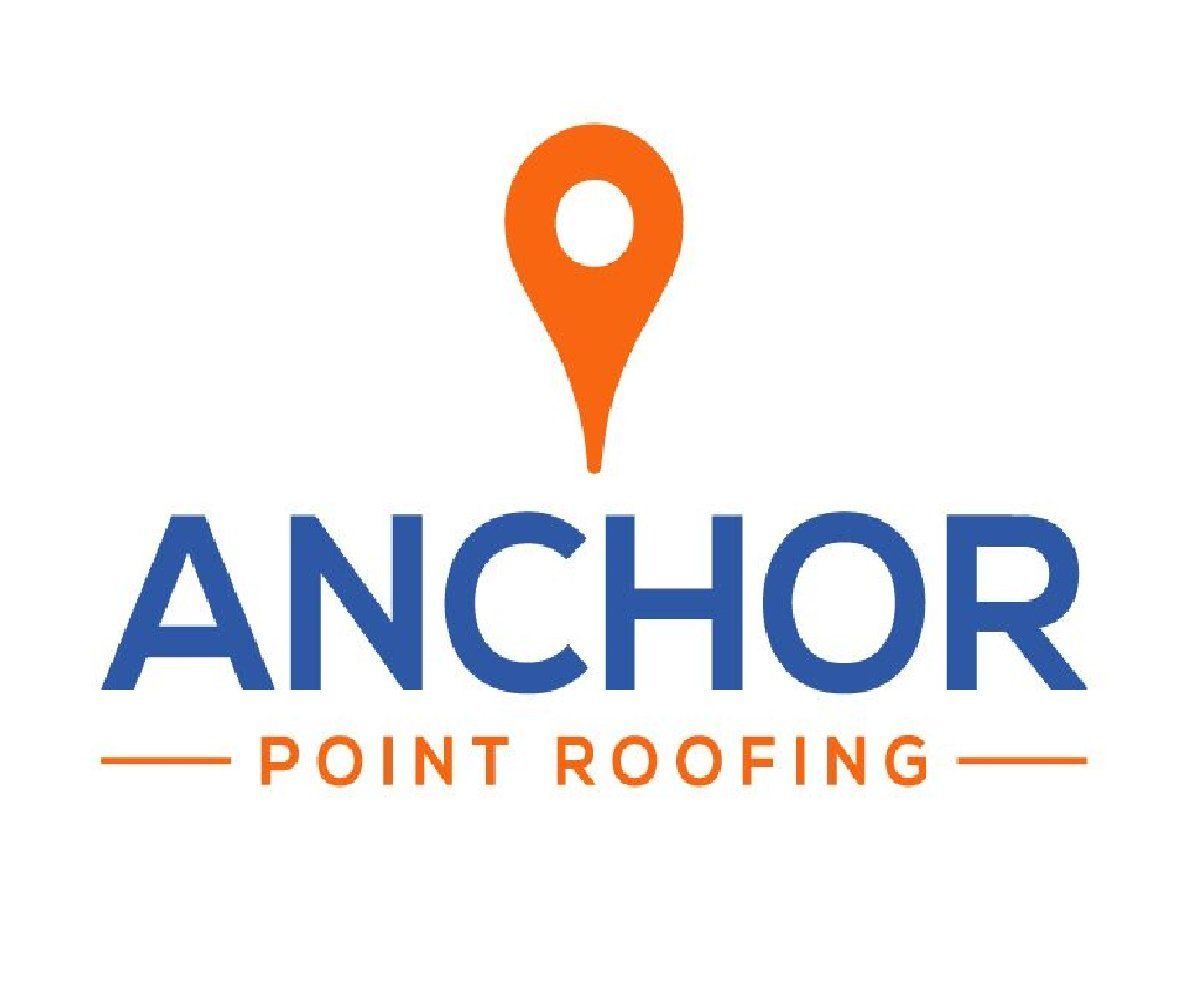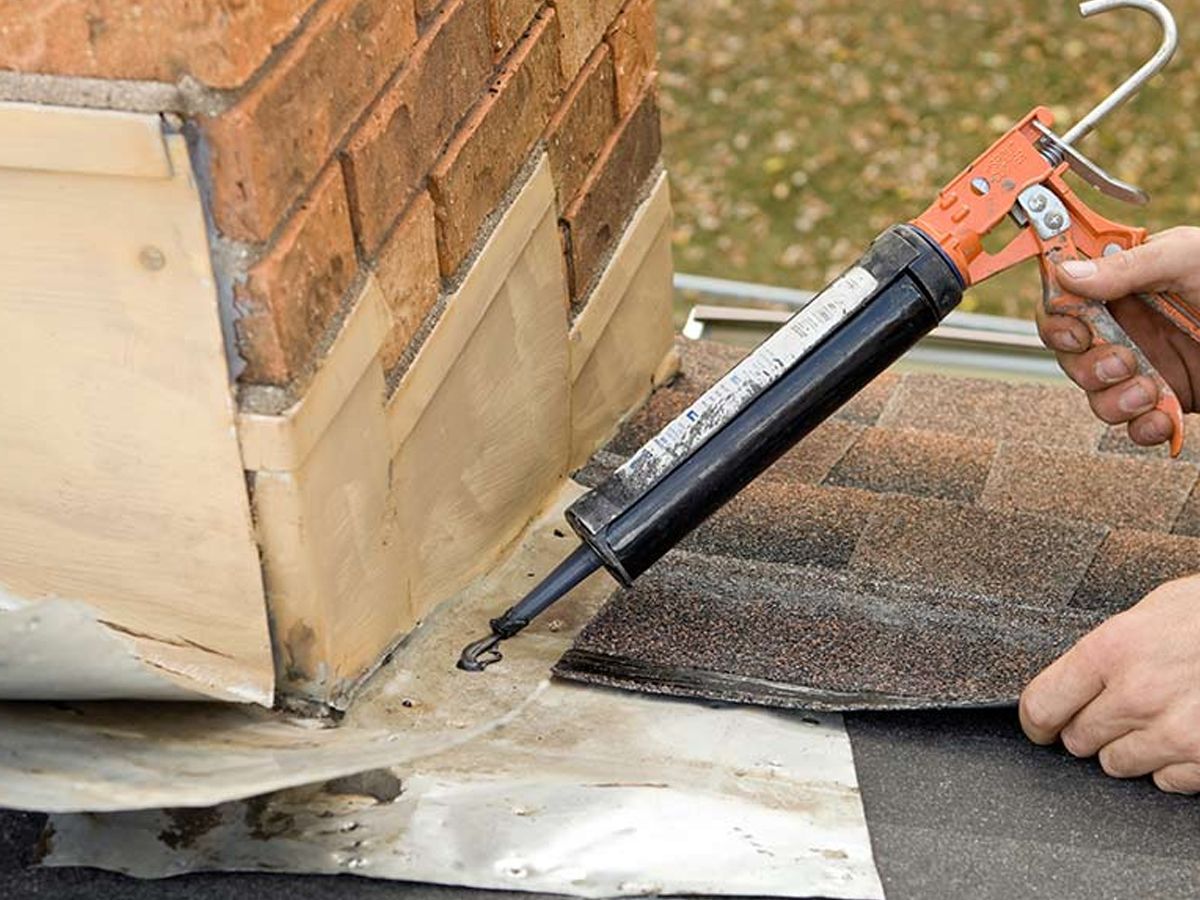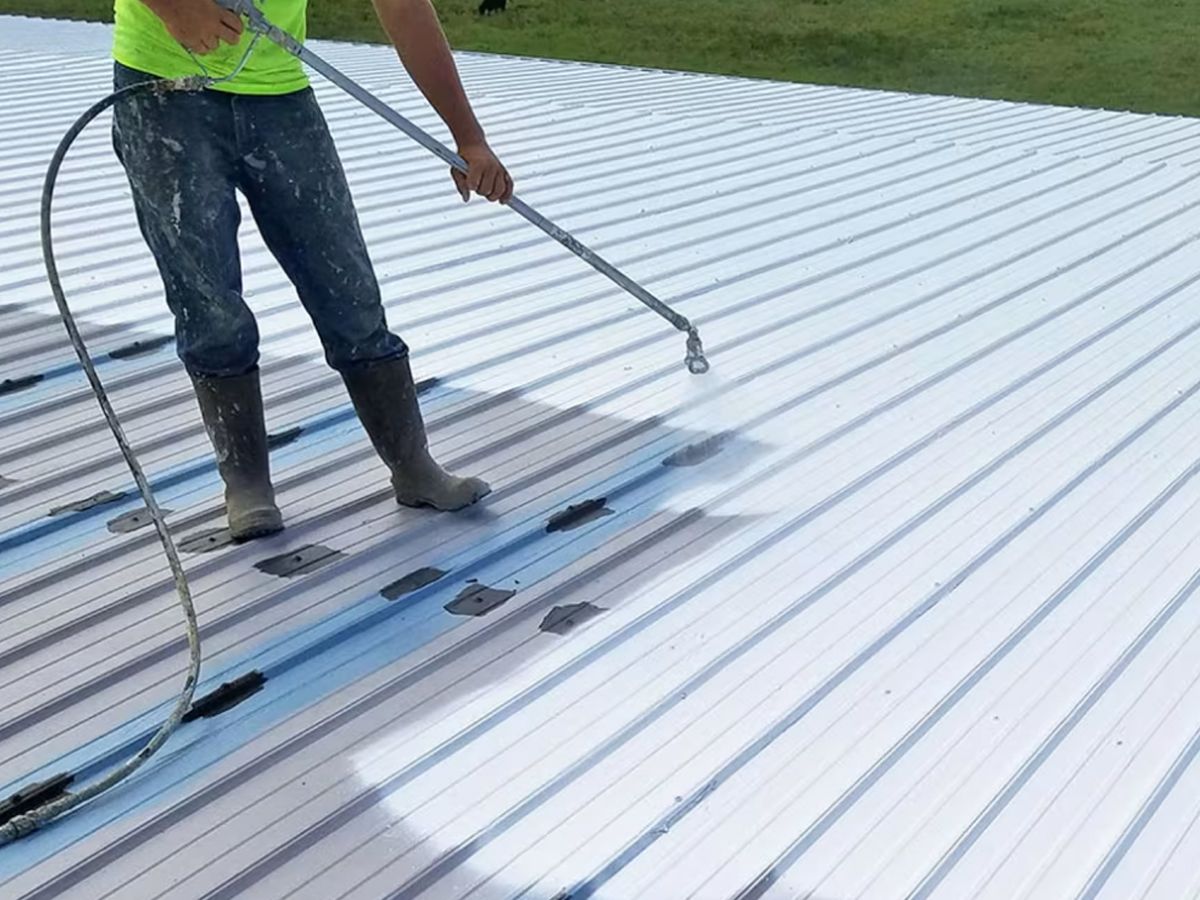About The Author
ANCHOR POINT ROOFING
When it comes to roofing, there is a wide range of options available to homeowners and businesses. One particular category that often requires special attention is low slope roofs.
Low slope roofs, sometimes referred to as flat roofs, have a pitch of less than 3:12 (meaning they rise less than 3 inches vertically for every 12 inches horizontally). These roofs are commonly used in commercial buildings, but they can also be found in residential settings. They also come with a wide range of options, which can be hard for property owners to understand.
In this blog post, we will help you understand the world of low slope roofs, discussing:
- What they are
- Different low slope roof options
- Signs of damage
- How to repair damage
- When it’s best to seek professional help
WHAT IS A LOW SLOPE ROOF?

A low slope roof is a roofing system with a relatively shallow pitch, making it nearly flat compared to traditional steep-slope roofs. While they are less common in residential homes, they are often used in commercial and industrial settings due to their cost-effectiveness and the ability to provide additional usable space on top of the building. Low slope roofs come in various materials, each with its own advantages and disadvantages.
FLAT ROOF PROS AND CONS
Is a flat roof right for you? Maybe! Before investing in a commercial property, it is important to do your research on the pros and cons of the commercial roofs that go with them. Here are some of the things you should know.
COMMERCIAL ROOFING ????
You are most likely to find EPDM roofing systems or other types of flat roofs on commercial buildings. The term ‘flat roof’ is a bit of a misnomer, though. Flat roofs actually do have a slight slope to them! This allows them to properly drain water and avoid water damage.
Commercial roofing systems have many benefits, including:
- Energy Efficiency – Flat roofs offer great energy efficiency, which is particularly useful when it comes to keeping costs low for a large building.
- Easy Access – If your commercial property contains businesses, it can be a real pain to have to let maintenance workers come into spaces where people are trying to work. Because both the roofing and HVAC systems are easily accessible, flat roofing allows your tenants to keep working, as usual, with minimal disruptions.
- Extra Storage – In commercial properties, every little bit of space is valuable. By having a flat roof, you provide a place to store your HVAC system and free up inside space for your business!
5 TYPES OF FLAT ROOFING MATERIALS
While our post today focuses on EPDM roofing material, you’ll likely come across many different terms while researching flat roofing material. Here are some of the most common types of flat roofing that you will hear about.
1. BUILT-UP ROOFING (BUR)
Built-up roofing, also known as tar and gravel roofing, is one of the oldest low slope roofing systems. It consists of multiple layers of roofing felt, asphalt, and gravel or other aggregate materials. BUR roofs are known for their durability and longevity, often lasting 20-30 years. However, they can be heavy and may require periodic maintenance to replace damaged gravel or sealant.
2) BUILT-UP ROOF
While EPDM may be one of the newer materials, built-up roofing (BUR), is one of the oldest forms of flat roofing materials. BUR roofs are created by layering tar and gravel onto your roof in order to create a moisture barrier. Not only is it less effective at protecting your property from severe weather damage than some other methods, but it is also one of the more expensive forms of flat roofing and only lasts around 15 years.
That being said, you will find that it does a very good job of keeping water out and is very easy to maintain.
3. EPDM ROOFING
Ethylene Propylene Diene Monomer (EPDM) roofing is a popular choice for low slope roofs. It is a synthetic rubber material that is highly resistant to UV rays and weathering. EPDM roofing is available in large sheets that are easy to install. It is a cost-effective option and can last up to 40 years with proper maintenance.
4. TPO ROOFING
Thermoplastic Olefin (TPO) roofing is a single-ply membrane roofing system. TPO roofs are known for their energy efficiency, as they reflect sunlight and reduce cooling costs. They are also resistant to mold, algae, and punctures. TPO roofing is easy to install and maintain, making it a popular choice for commercial buildings.
5. PVC ROOFING
Polyvinyl Chloride (PVC) roofing is another single-ply membrane roofing system. It is highly durable and resistant to chemicals, making it an excellent choice for industrial and chemical plant roofs. PVC roofing is also energy-efficient and reflective, reducing cooling costs.

✅ PROS
- Cost Effectiveness – Price is one of the most important considerations for property owners. Luckily, EPDM roofing is one of the most affordable options on our list! In addition to low upfront costs, an EPDM roof lasts for decades, helping you get the most bang for your buck!
- Aesthetics – Many people don’t like flat roofing materials because, well….they aren’t exactly beautiful. However, EPDM roofs can be purchased in a variety of colors to help them blend in with the overall look of your building.
- Energy Efficiency – Because an EPDM roof can be purchased in white rubber instead of the standard black, it can more effectively insulate your building by defecting UV rays. This allows you to save on your cooling bills in the long run.
❌ CONS
- Installation – Installing EPDM roofing requires a specific installation method. This means that you will need to hire a professional roof replacement specialist. Be sure to factor labor costs into your budget before purchasing your roof.
- Ages Poorly – Just like us, EPDM roofs become weaker with age. The EPDM roofing membrane is prone to shrinking as it ages, meaning that your roof is more vulnerable to punctures and holes.
HOW MUCH DOES EPDM ROOFING COST?
The big question! How much can you expect to pay for an EPDM roof?
The EPDM roofing product itself typically costs between $3-$10 per square foot. This means that for the average commercial roof, you can expect to pay anywhere between $6,000-$18,000 for a full roof replacement.
HOW LONG DOES EPDM RUBBER ROOFING LAST?
If the idea of shelling out thousands of dollars to replace your entire roof has you shaking in your boots, don’t worry! For all of that money, you are getting decades of use! The durable EPDM membrane can last 30 years, with many reporting up to 50 years of use, with good maintenance!
REMOVE DEBRIS
One of the biggest risks commercial roofs face is debris accumulating. Twigs, leaves, and other debris can end up blocking water and not allowing it to drain. Luckily, it is an easy fix! In order for your roof to function optimally, take time to regularly remove any debris from your roof.
Water damage is the most common roofing problem. On flat roofs, water damage is typically indicated by a pool of water that will not drain properly. If you are noticing a puddle of water on your roof for more than 24 hours, you’ll want to contact your local roofing pro!
LOW SLOPE ROOFING EXPERTS
Low slope roofs are a practical choice for many commercial and industrial buildings, but they require proper maintenance and occasional repairs to ensure their longevity and performance. Regular inspections and timely repairs can extend the life of your low slope roof and protect your investment in your property. When in doubt, don’t hesitate to seek professional help to address any roofing issues and keep your low slope roof in top condition.
Whether you are a commercial property owner, or simple the owner of a contemporary home, Anchor Point Roofing is there to help you take care of your roof. Contact us today to learn more about our services!





